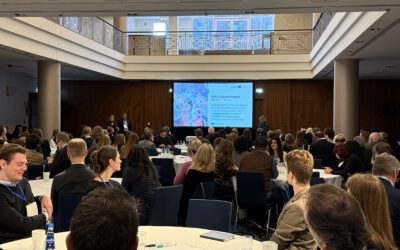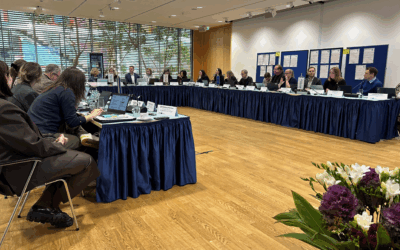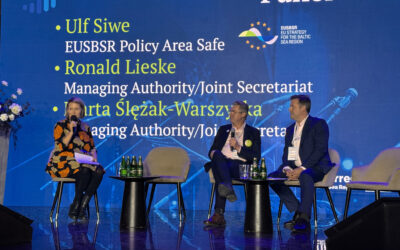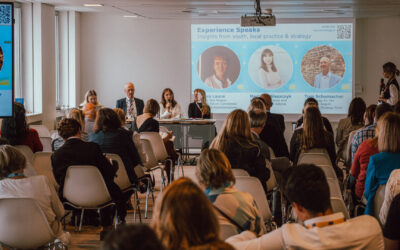Although pharmaceuticals are useful and often lifesaving for people, they may contaminate the Baltic water and marine life, for example if inappropriately disposed. CWPharma, an Interreg Baltic Sea Region project, picks up this pressing challenge and screens active pharmaceutical ingredients to analyse the sources, emissions and environmental concentrations of pharmaceuticals in the Baltic Sea region.
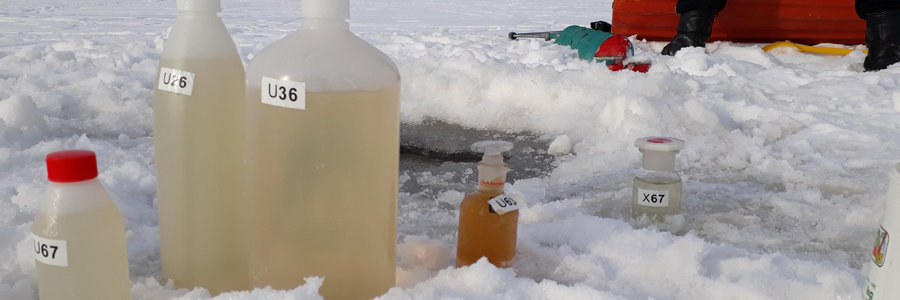
© Katri Siimes / Finnish Environment Institute
Screening to know more
Active pharmaceutical ingredients (API) are part of any medicine that produces its effects, e.g. hormones, analgesics and antibiotics. In accordance with a report by HELCOM on pharmaceutical concentrations and effects in the Baltic Sea (2016), active pharmaceutical ingredients are among a major emerging pollutants, making it a common challenge to the countries around the Baltic Sea.
15 partners from Denmark, Estonia, Finland, Germany, Latvia, Poland, Sweden work together in the project CWPharma to develop common solutions to the identified challenge. In order to do that, the partnership started screening active pharmaceutical ingredients in six river basin districts to get a better picture of the sources, emissions and environmental concentrations of pharmaceuticals in the Baltic Sea region. Based on the results, CWPharma develops tools and recommendations to policy makers, authorities and municipalities on the best ways to reduce emissions of APIs in the Baltic Sea region.
“We have already collected samples from six river basins and several wastewater treatment plants in Estonia, Finland, Germany, Latvia, Poland and Sweden. The aim of the screening is to estimate the overall pharmaceutical emissions in the Baltic Sea region,” says project manager Noora Perkola of the Finnish Environment Institute.
“We are currently analysing the samples in our laboratories in Helsinki to screen approximately 80 active pharmaceutical ingredients. This is the first time such a wide screening will be made in a systematic way from varying samples and from various countries so that the results are truly comparable and can be used to get a good estimate of the emissions and potential hotspots.”
More information is needed about medicines and the environment
Helcom’s background report on pharmaceutical concentrations and effects in the Baltic Sea (2016) pointed out many knowledge gaps that exist in the Baltic Sea Region. The CWPharma project aims to fill in many of those knowledge gaps, by, for example, screening emissions from the pharmaceutical industry, hospitals, landfill sites, fish and poultry farms and municipal wastewater treatment plants.
“It is already known that medicines for human consumption can be found in the effluents of the wastewater treatment plants, and certain widely used pharmaceuticals, such as codeine, have also been found in Baltic fish. Nevertheless, very little is known in many areas about the amount of medicines leaking into the environment and even less is known about the effects of these substances on the environment.”
“Veterinary use of pharmaceuticals is an even bigger question. That is why we are also taking samples from waters near fish and poultry farms and from fields where manure has been used as a fertilizer.”
How to reduce the emissions?
In addition to the screening of pharmaceuticals, CWPharma evaluates different emission reduction measures, such as dissemination of environmental data on pharmaceutical products and granting of environmental permits to pharmaceutical plants. “Some of these measures are highly technical, like the advanced methods for wastewater treatment, but some are low-tech practices that can nevertheless make a big difference. These low-tech practices include, for instance, the take-back and disposal schemes for unused medicines,” Noora Perkola says.
The best existing practices of the partner countries need to be shared across borders in order to promote the sustainable management of pharmaceuticals in the Baltic Sea region. For this purpose, the project produces guidelines on advanced wastewater treatment, recommendations on low-tech practices to control and reduce the emissions, and an overall action plan for the best emission reduction measures for all involved stakeholders, from wastewater treatment plant operators and doctors to authorities. In this way, transnational cooperation in an Interreg project enables to joint tackle the challenge that each country cannot solve on its own.

Based on the article by CWPharma



